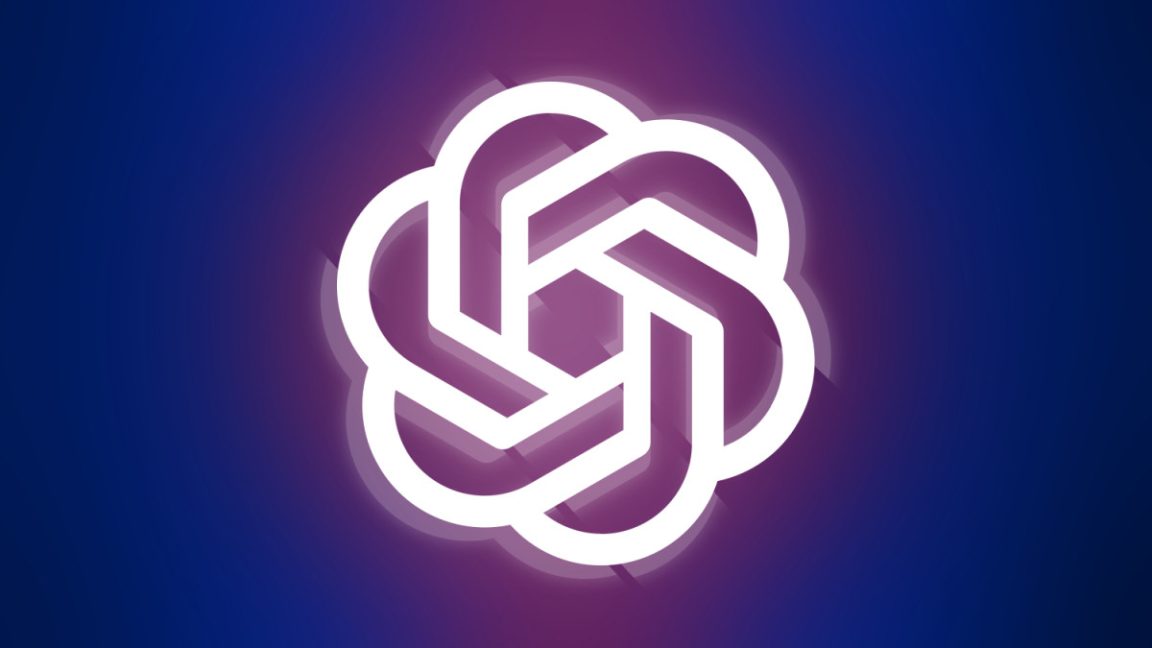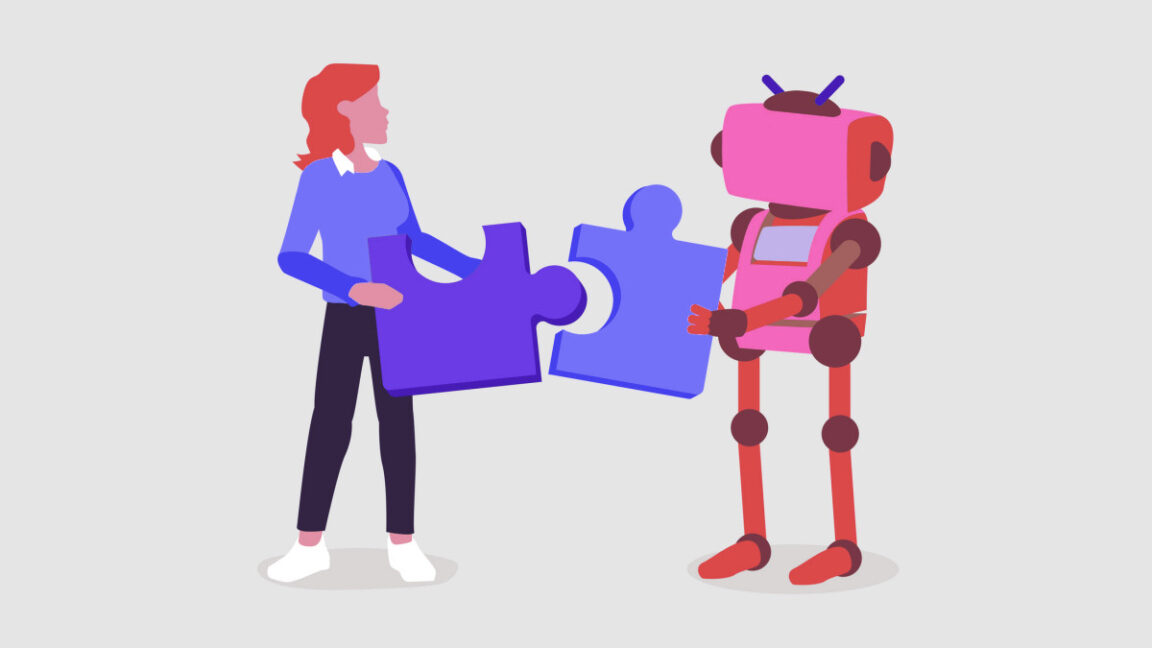Chaotic Launch of GPT-5 Faces Intense Backlash

The launch of OpenAI's latest AI model, GPT-5, has sparked considerable controversy and backlash from users. Just a week after its release, the situation has escalated into one of the most significant user protests in ChatGPT’s history. This upheaval even compelled CEO Sam Altman to issue a public apology and overturn several critical rollout decisions.
The core of the debate centers on OpenAI's abrupt removal of access to previous AI models when rolling out GPT-5 to ChatGPT users, a move that surprised many. While API users typically receive notifications ahead of model deprecations, consumer users were caught off guard as their familiar models vanished overnight. Independent AI researcher Simon Willison highlighted this lack of communication in a blog post.
Following GPT-5's debut on August 7, frustration quickly mounted among users. A Reddit discussion titled “GPT-5 is horrible” gained momentum, receiving over 2,000 comments criticizing the rollout. The dissatisfaction was palpable as users reported performance issues, rigid interaction styles, and a forced transition from beloved models.
Prior to GPT-5, ChatGPT Pro users enjoyed a diverse selection of nine AI models. This choice is something many had integrated into their workflows. For instance, marketing professionals and developers voiced their frustration over disrupted workflows due to the unique training and output styles of different AI models, which had been crucial for their established processes.
The rollout particularly impacted ChatGPT Plus subscribers, who, while navigating the new GPT-5’s limitations of 200 messages per week, found themselves suddenly lacking access to models integral to their daily activities. Many expressed their dismay over the sudden shift without prior notification.
Adding to the turbulent start, users criticized GPT-5’s launch presentation for misrepresenting performance gains with misleading charts. Altman himself acknowledged these inaccuracies as a “mega chart screwup” in a Reddit AMA session, admitting their error.
Another major hurdle was the malfunctioning autoswitch system tasked with routing queries to the appropriate model. This system failure meant users had to manually instruct GPT-5 to engage more complex reasoning, compromising initial user expectations.
User feedback extended beyond technical glitches, reflecting a dissatisfaction with GPT-5's altered response style. The new model’s responses were perceived as too formal and detached compared to the previous, more conversational GPT-4o. Many users mourned the loss of what some described as their “only friend” during tough times, showcasing deep emotional connections to prior models.
As the situation reached a breaking point for some, it led to a wave of subscription cancellations and a migration towards alternative AI platforms. The outcry seemed to catch OpenAI by surprise, prompting Altman to consider reinstating a previous model alongside GPT-5 to appease users.
Ultimately, this backlash forced OpenAI into rapid damage control, announcing the potential return of GPT-4o, increased message limits for GPT-5, and more transparent operations regarding model usage. Altman noted the oversight in underestimating the value users placed on GPT-4o, highlighting the model's unique significance despite GPT-5's superior technical capabilities.



